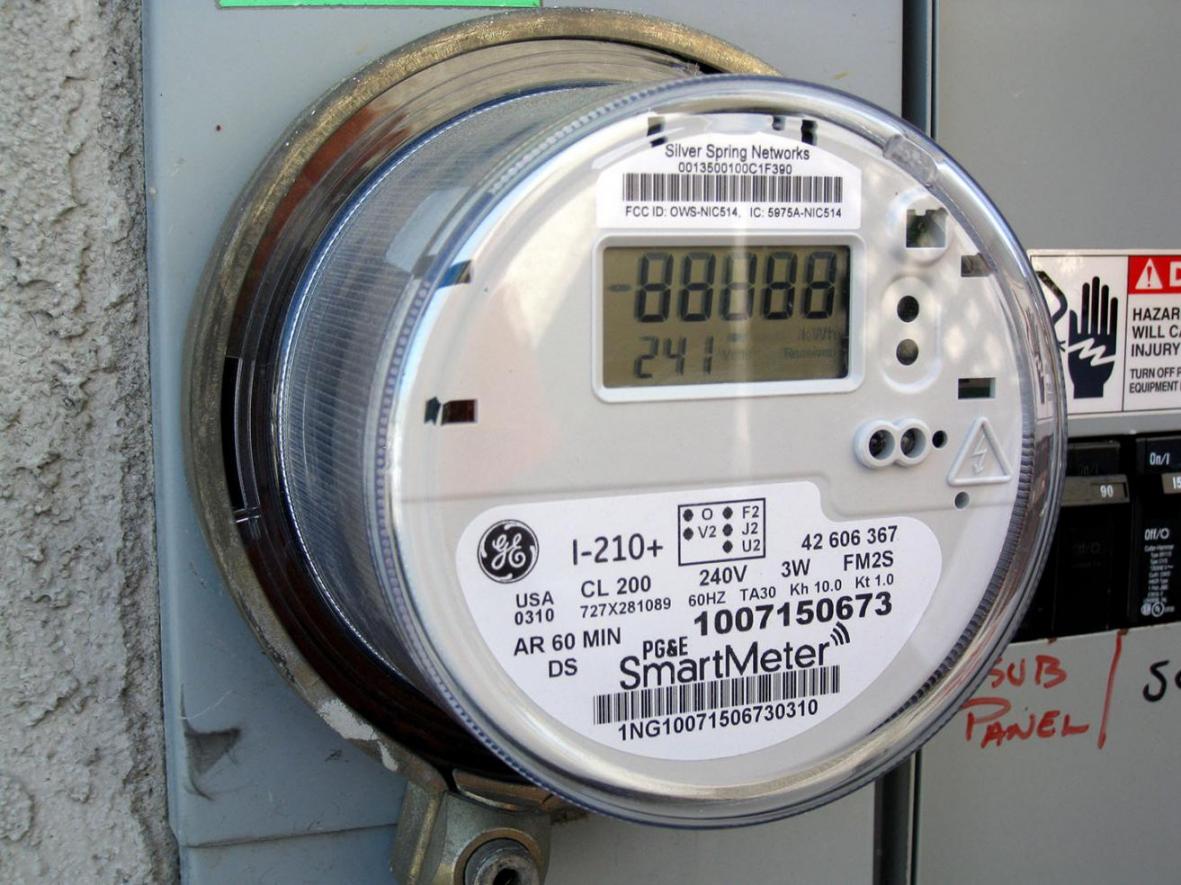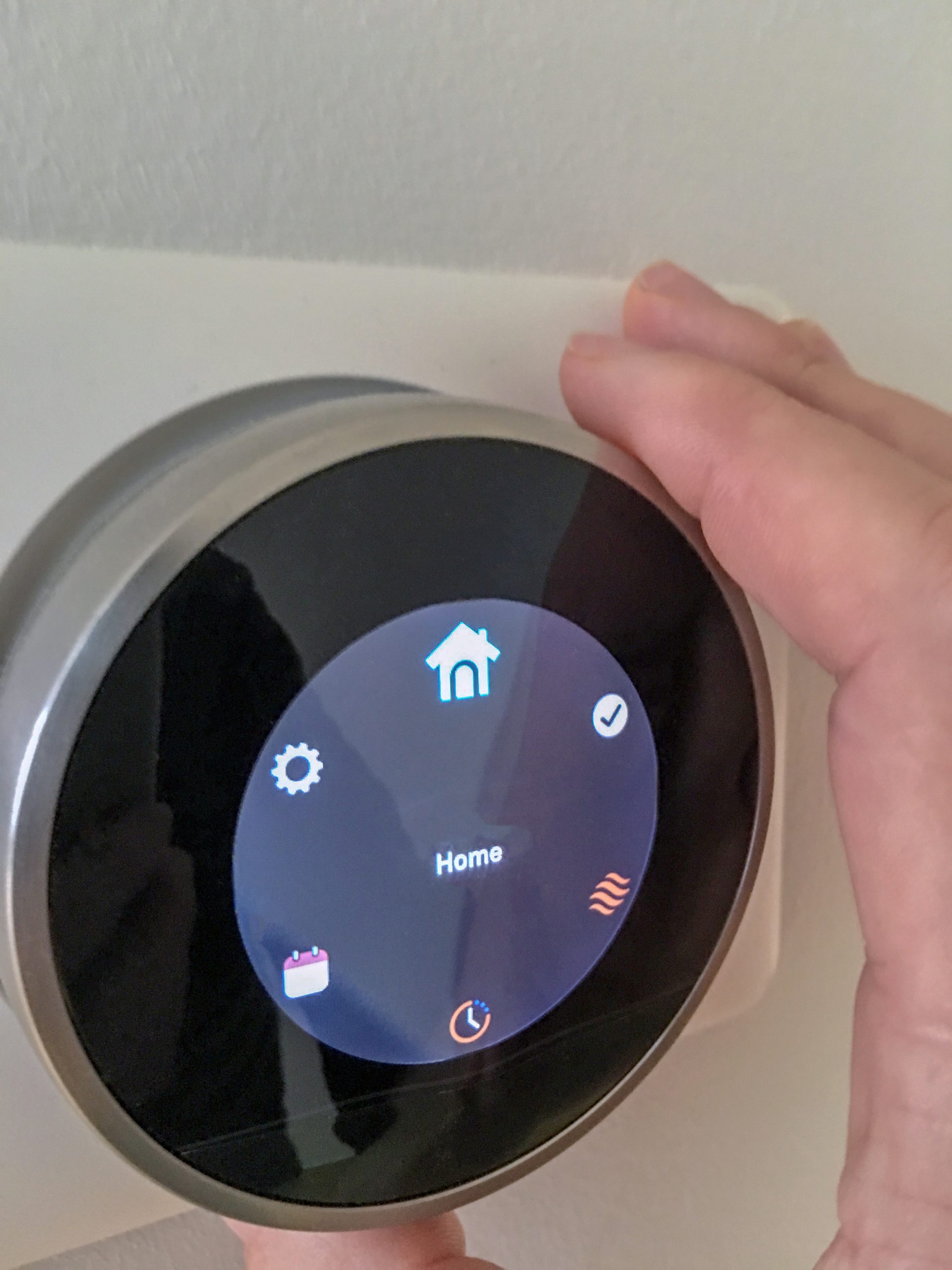Given the state of the real estate market today, locating a new home can be a challenge. Because the demand for homes is greater than the supply of houses on the market, many buyers find it difficult to secure a contract. As a result, some buyers turn to older homes with fixer-upper potential. While some buyers are getting older properties out of necessity, many others prefer the unique character and charm of older homes. No matter why you are purchasing an older house or fixer-upper, you will probably end up making several repairs and upgrades to the property. The HVAC system is an area where most homeowners will spend significant consideration to ensure the home has consistent energy-efficient temperatures.
If you are investing in upgraded HVAC equipment for your older home or fixer-upper, you might also consider installing a smart thermostat. Smart thermostats are part of a growing movement toward making homes smarter and more efficient. From reduced energy usage to more control over indoor temperatures, many homeowners are realizing the benefits of upgrading to a smart thermostat. If you are working on upgrading your fixer-upper, there are several reasons why you should consider installing a smart thermostat.
Energy Savings

One of the biggest benefits of having a smart thermostat is more control over your HVAC system to help minimize energy costs. Smart devices allow for advanced learning technology to unlock doors, turn off the coffee maker, control security cameras, or dim lights. Smart thermostats employ this same innovation in your home to learn patterns and control temperature settings. When you first install your new smart thermostat, there will be a learning period where you make adjustments, set preferences, and allow the device to monitor your behaviors. The thermostat then stores those patterns and creates a temperature profile for your home. Many smart thermostats are also equipped with motion sensors to improve learning and adjust to activity in the home.
A smart thermostat makes accommodations for when you are away at work and school and when you are asleep. A smart thermostat creates comfortable temperatures around your home when you most need them based on your preferred temperature settings. Traditional thermostats are either off or on, and the HVAC system will run and consume energy no matter what is going on in the house. A smart thermostat better regulates your system and gives you more control over when your system should operate. As a result, you will decrease your energy usage and reduce your energy bills each month. The average energy bill in the United States is around $115 per month. Manufacturers of smart thermostats claim that these Wi-Fi-enabled devices can save you up to 20 percent on energy bills.
Remote Access

Another popular benefit of upgrading to a smart thermostat is the remote access capabilities. Like most other smart devices, many smart thermostats are able to be controlled using an app on your phone or another mobile device. You can control your heating or cooling system from anywhere. If you are returning home from work early and want the house to be cooled off before you get home, you can access the mobile app and adjust your cooling settings. Additionally, if you’re on vacation and want to adjust the temperature for the cleaning person for the day, you can control the thermostat from wherever you are.
Heating and cooling can account for nearly half of your home’s energy costs. A new smart thermostat can adjust the indoor temperature based on your preferences and schedule with innovation and smart technology. This will help save energy and reduce your utility bills. As discussed, many homeowners today are moving toward smart system solutions to improve their home’s efficiency. Smart thermostats are a key part of this trend and can help you save money and resources in your new fixer-upper.

